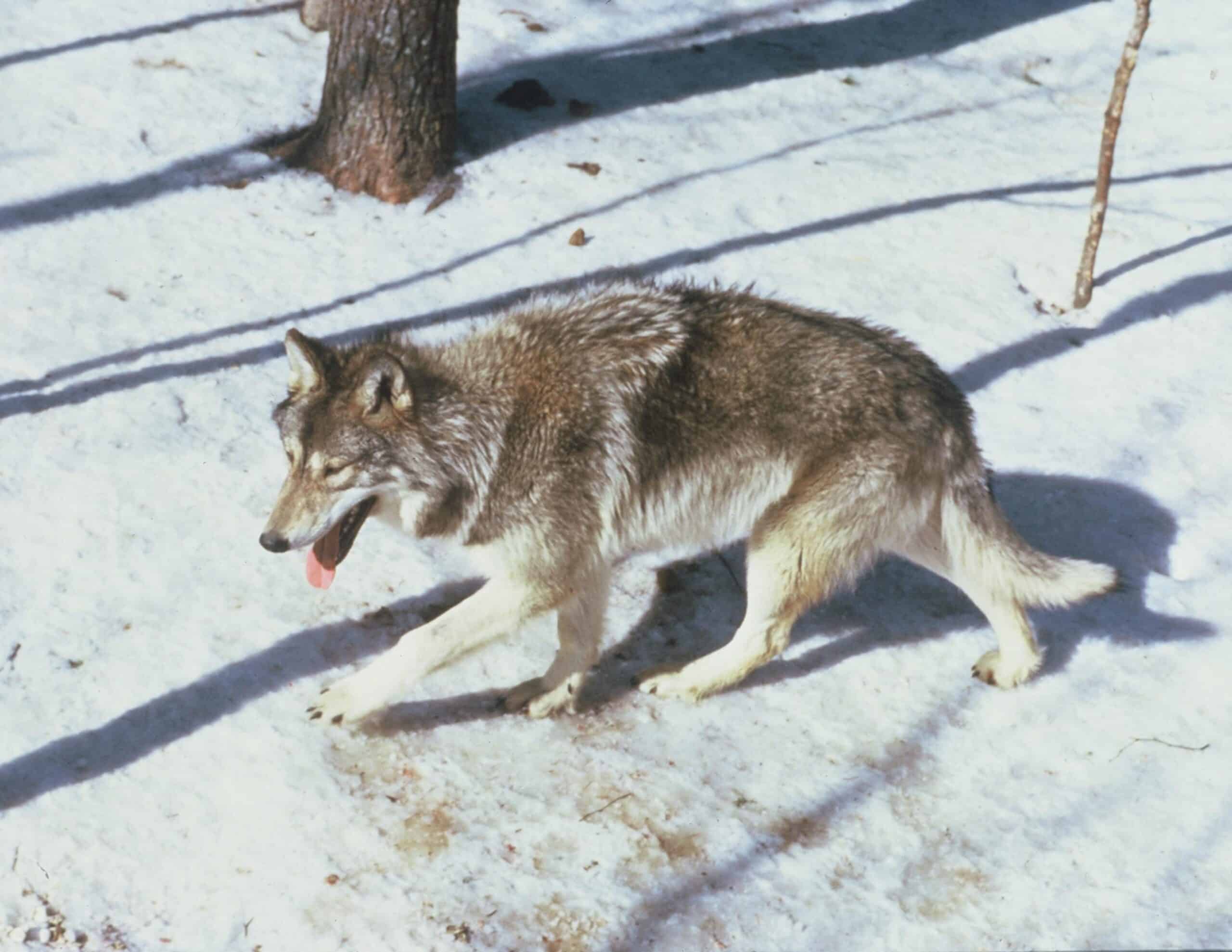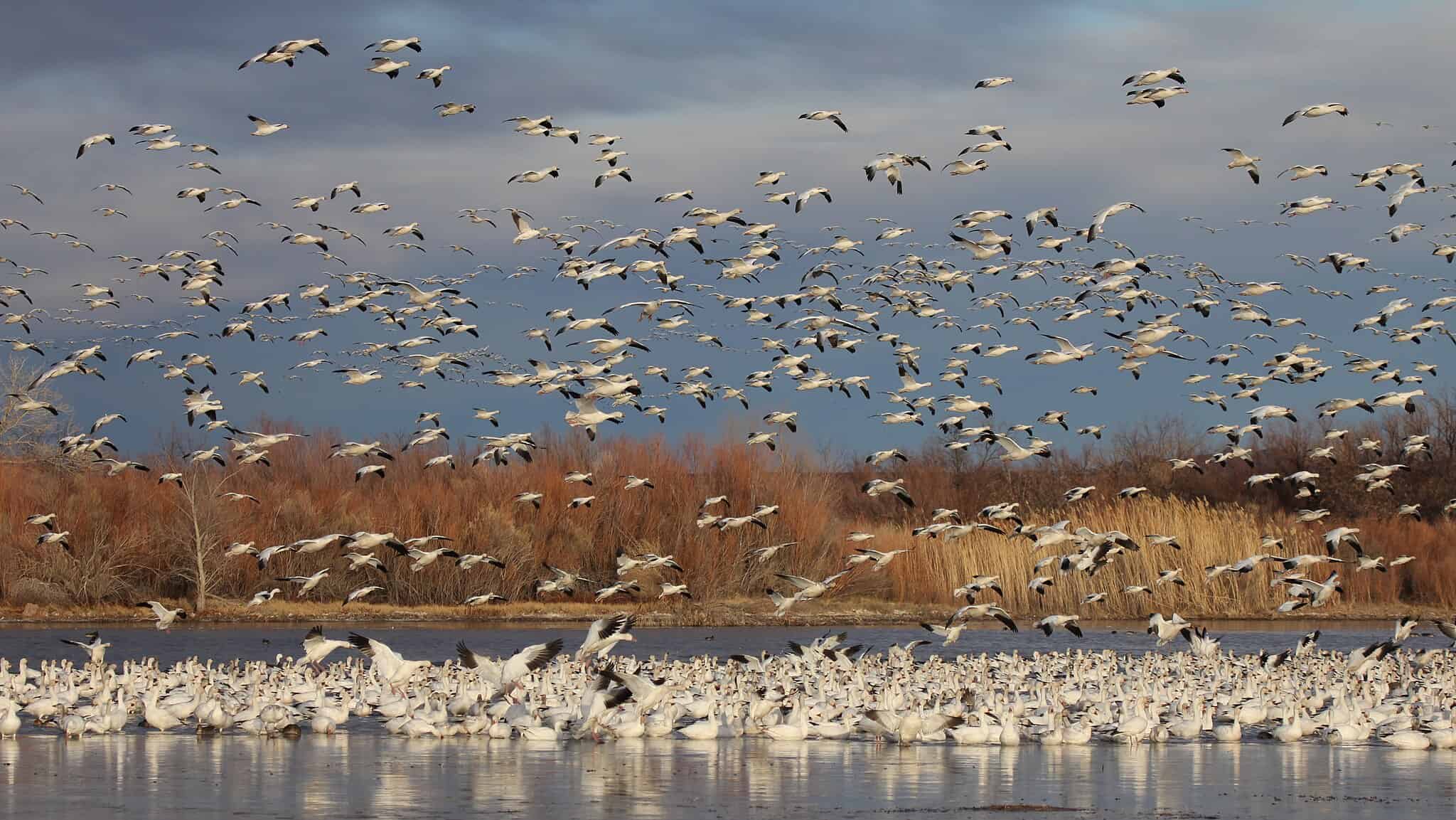Share this article
Wildlife Featured in this article
- gray wolf
Gray wolf recovery brings new management challenges
Scientists suggest creating zones for different types of gray wolf management
Gray wolf (Canis lupus) conservation has switched from trying to recover the species in the U.S. three decades ago, to trying to manage conflicts that arise as the predators’ populations and ranges expand.
“From a strictly biological standpoint, they’ve clearly recovered across the Lower 48 states,” said David Mech, a senior research scientist with the U.S. Geological Survey.
Mech, a senior research scientist with USGS, and his colleague David Ausband, also with the USGS, recently published a paper in Bioscience looking at the challenges gray wolf recovery has brought across the U.S. and the different ways science can help managers with those problems.
Wolf populations in the continental U.S. are largely divided into three populations. In the Midwest, wolves were named an endangered species in 1967 before being protected under the Endangered Species Act in 1973. They were only found in Minnesota and on Isle Royale in Michigan at the time. But after their protections, they spread into Wisconsin and mainland Michigan. In the West, reintroductions into Yellowstone National Park and central Idaho aided dispersal from Canada. In recent years, they’ve formed packs in Oregon, Washington, and California. In the Southwest, a captive breeding program of Mexican wolves (Canis lupus baileyi) is establishing a population.
Each region presents different challenges. While ranchers in each region have concerns about wolves, the effects on the ground are different. In Minnesota, for example, where livestock is often kept in fenced pastures, cattle become easy prey for wolves. Out west, where cattle have large areas to roam, it’s harder for ranchers to keep track of what killed their livestock.
Meanwhile, wolf advocates hope to see wolf populations expand farther, including Colorado where voters asked state wildlife managers to restore the species. The situation leaves managers working to use science to sustain populations while limiting conflicts with humans.
“That’s going to be quite an issue as wolves continue to increase across their current range,” Mech said. And it’s an issue that will grow if the species is delisted across the country and more state agencies take over management.
“That’s where politics comes in,” he said. “We hope the scientific background of wildlife management prevails in as many cases as possible.”
In the paper, Mech and his colleague consider how to address some of the scientific and social challenges facing wolf management as the species expands and how to juggle different public attitudes toward wolves.
Mech and Ausband think agencies could consider managing wolves based on different zones. In places with lots of natural areas and little livestock, wolves could be allowed to thrive. In other places with more livestock, they said, more take of wolves could be allowed.
“If at some point, wolves do get delisted, states should be prepared to decide where the zones are going to be and what type of management should be in those zones,” Mech said.
Header Image: Researchers suggest managers consider zones when managing for wolf populations. Credit: David Mech








